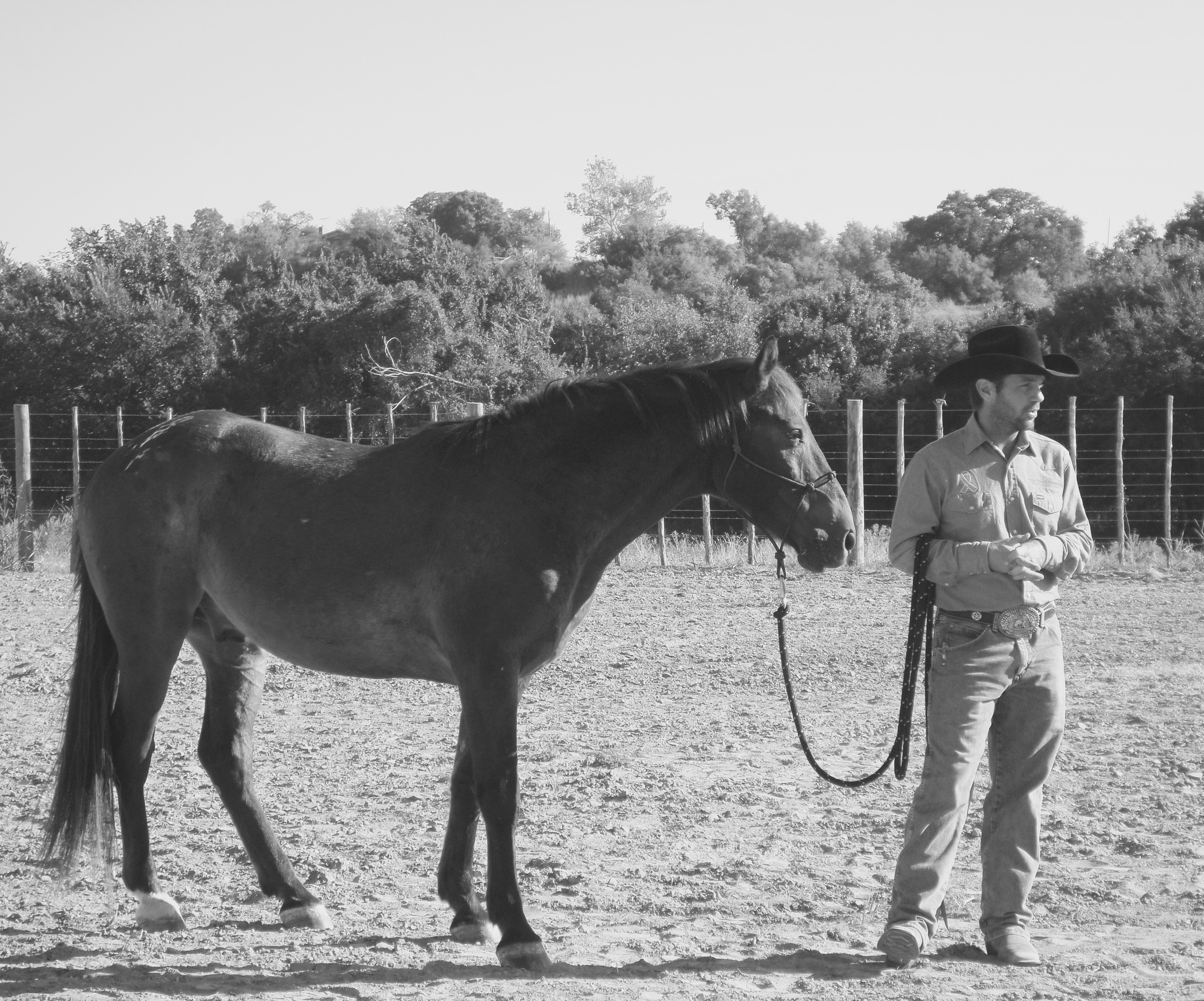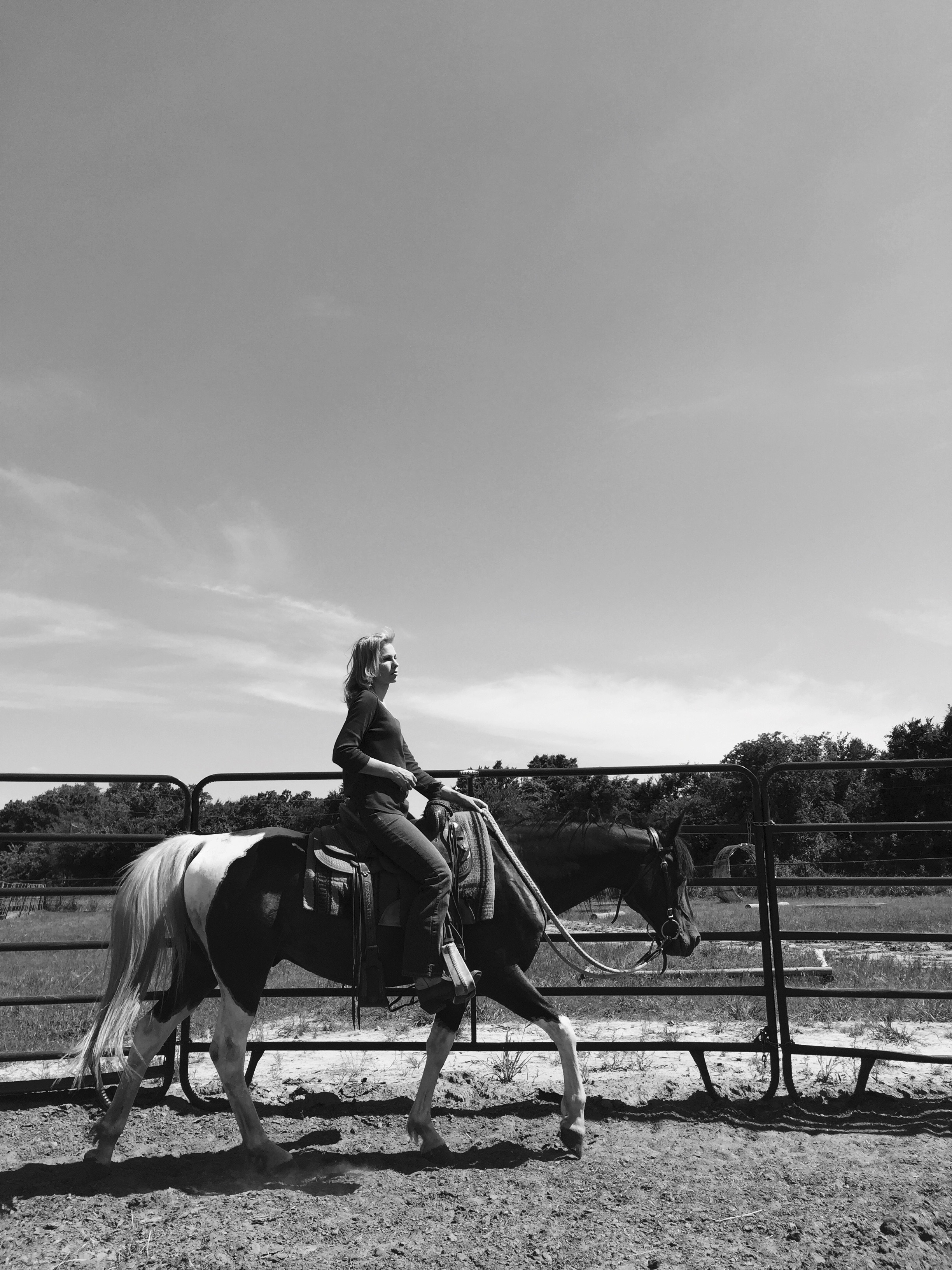HOME
How Horses Help Us Become Better People – Part Four Doing the Right Thing
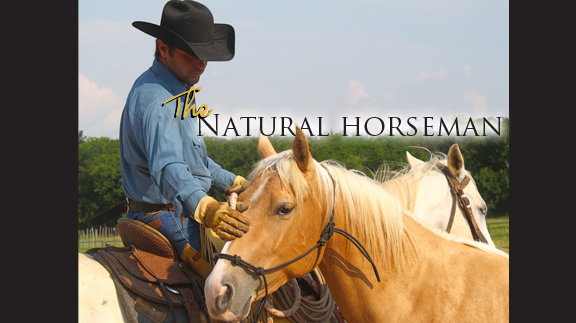
By Steve Stevens
In this four part series we have allowed horses to help us come from a place of truth, to take the time it takes and help us to work on patience, and for practicing better awareness. The fourth part of the series I want to talk about is how horses can teach us to always to do the right thing. It’s not the popular thing, the easiest thing or the peer pressured thing, but “The Right Thing.”
How many times are you in a super market at the end of a long day and there is only one cashier open, the line is long and they are moving at a snail’s pace? Have you ever noticed that someone behind you might be elderly or holding a baby or have some other need and they have a giant filled shopping cart?
How many times do you invite them to go first because you know it would be easier for you to wait than them? Have you ever bought something at a store and got home and realized there was an extra item in the bag, even something as little as a candy bar? Do you return it?
Do you never bend the rules while playing sports games or in relationships? I am not perfect at all these things, but I work on it every day because horses remind me of the person I want to be. That is the person that always does the right thing. See, when you practice working with horses and you build a relationship with them and at the same time have them respect you, you have to dig deep in every situation. If you want your horse to be well trained, you have to do the right thing. Your horse has been leading good and all of sudden decides to walk all over you. You have two choices. One way is to just kind of sneak by and put him away or you can work until he is respectful of your space.
The latter is the right thing to do no matter how hard you have worked all day and how bad you want to be done, because when a horse has an issue and you don’t help him work it out it will be worse the next time you deal with it. Most of the time, even with little horse experience, we know what is right for them and just have to have the courage to do it. Ignore the peer pressure of friends, and ignore the fact that you want to do something your horse isn’t ready for and just do the right thing.
Here is where the horse comes in handy with this and can teach us. Most of the time when we know something is right and we go against it, something negative happens. Usually a broken person or broken horse is involved in the equation. How may times when somebody gets into a wreck with a horse they say, “I don’t know what I was thinking, I knew better.” If we don’t get good at doing the right thing in the beginning, the horse will teach us with a harder lesson down the road. They will sooner or later know when you don’t warm them up enough, ask too much of them or allow them to be dominant towards you.
Doing the right thing can really become a practice. I would like you guys to work on simple things. Like always closing a gate even if you know you are going through it again very quickly. Take your horse’s halter off in a pen even if it will take a little longer to catch him. Practice how to mount from the ground in case you will ever need it. When you know your horse is getting spoiled from treats, take the time it takes to have him want to come to you without treats.
These are all little things we can play with. Learn how to tie correct knots. Untie your halter that is hanging from the fence and always be understanding of your horse when he is scared or frustrated. When you take advantage of each moment with your horse by doing the right thing, you will see how rewarding it is to not only practice it with your horse but with other humans.
*It is important for us to be reminded what a true gift the horse is and how blessed we are to experience them in our lives. Allow the horse to guide you through life helping you at every turn, challenging your personality, judgment and kindness. Allow the horse to take you on a journey helping you become the human we should always strive to be.*
HOME
Goats Get To Work
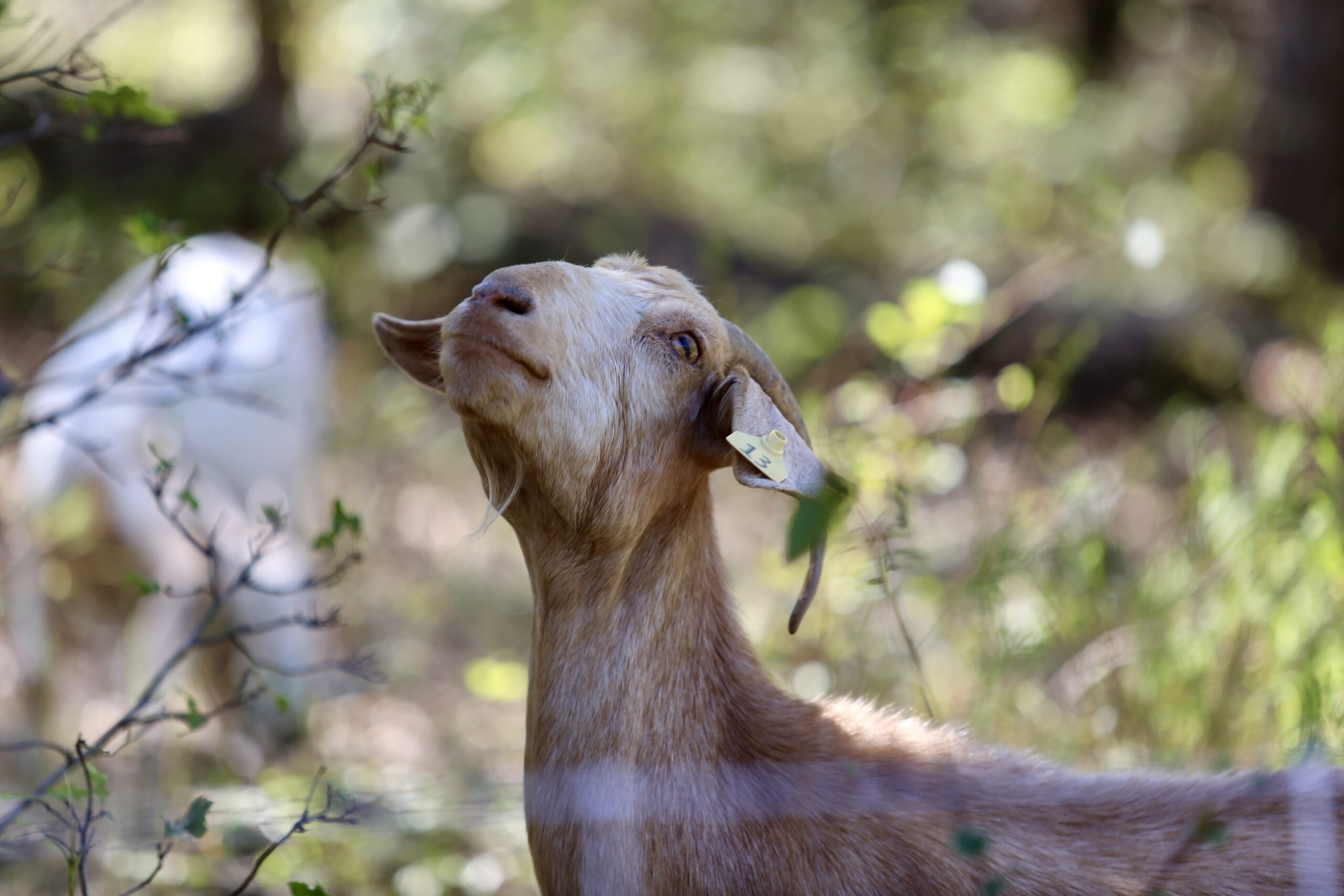
One of my professors out at Texas Tech University always told us that we aren’t just raising cattle, we’re raising grass, because without grass there is no cattle business. The same applies to most livestock species and crops we seek to raise- without good land management, no good yield can grow.
To read more, pick up a copy of the November edition of North Texas Farm & Ranch magazine, available digitally and in print. To subscribe by mail, call 940-872-5922.
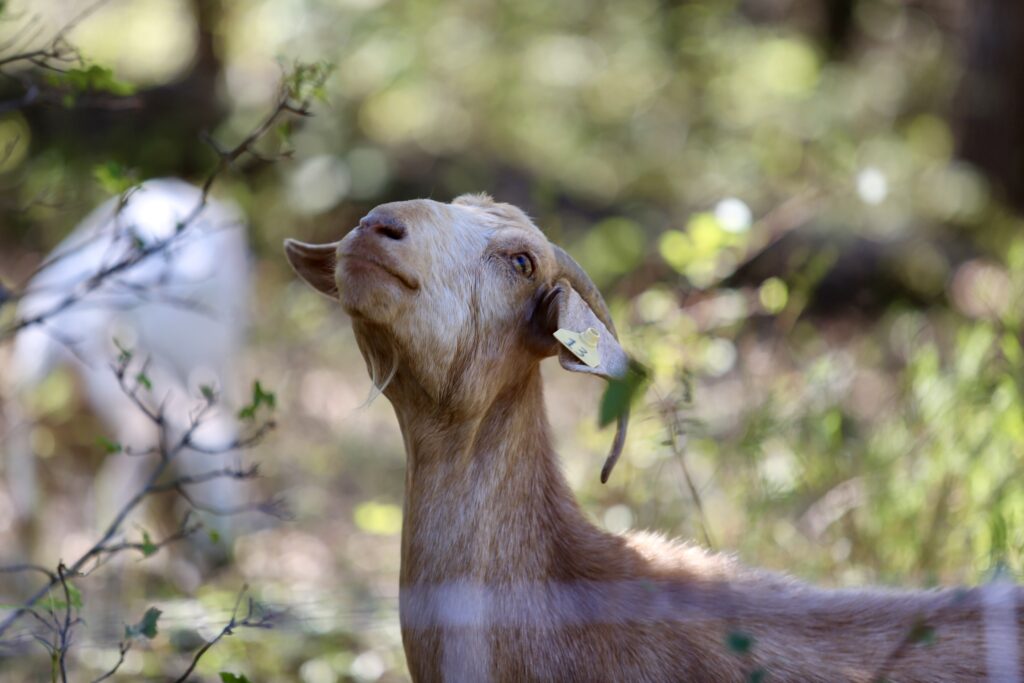
Farm & Ranch
Acorn Toxicity

By Barry Whitworth, DVM, MPH
With the prolonged drought, most pastures in Oklahoma end up in poor condition. With the lack of available forage, animals may go in search of alternative foods.
If oak trees are in the pastures, acorns may be a favorite meal for some livestock in the fall. This may result in oak poisoning.
Oak leaves, twigs, buds, and acorns may be toxic to some animals when consumed.
To read more, pick up a copy of the November edition of North Texas Farm & Ranch magazine, available digitally and in print. To subscribe by mail, call 940-872-5922.

Farm & Ranch
Silver Bluestems

By: Tony Dean
There are a handful of grasses on North Texas grazing lands ranchers need to know, not because they are highly desirable, but rather because they are not of much value. I call them “decom” plants, which is am acronym for “Don’t Ever Count On Me.” Silver bluestem is a “decom” grass.
Silver bluestem is a perennial which grows in all areas of Texas. It can survive in almost all soil types, and in full sun conditions or in semi shade. It grows up to three feet tall and is easily recognized with the presence of the white fuzzy seed head. Also, one of the identifying characteristics of Silver bluestem is a bend in the stems at each node, causing the plants to take on a rounded shape as they mature.
To read more, pick up a copy of the November edition of North Texas Farm & Ranch magazine, available digitally and in print. To subscribe by mail, call 940-872-5922.

-

 Country Lifestyles2 years ago
Country Lifestyles2 years agoScott & Stacey Schumacher: A Growth Mindset
-

 Country Lifestyles8 years ago
Country Lifestyles8 years agoStyle Your Profile – What your style cowboy hat says about you and new trends in 2017
-

 HOME8 years ago
HOME8 years agoGrazing North Texas – Wilman Lovegrass
-

 Equine1 year ago
Equine1 year agoThe Will to Win
-

 Country Lifestyles5 years ago
Country Lifestyles5 years agoAmber Crawford, Breakaway Roper
-

 Outdoor9 years ago
Outdoor9 years agoButtercup or Primrose?
-

 Country Lifestyles8 years ago
Country Lifestyles8 years agoJune 2016 Profile – The man behind the mic: Bob Tallman
-

 Country Lifestyles8 years ago
Country Lifestyles8 years agoDecember 2016 Profile, Rusty Riddle – The Riddle Way

